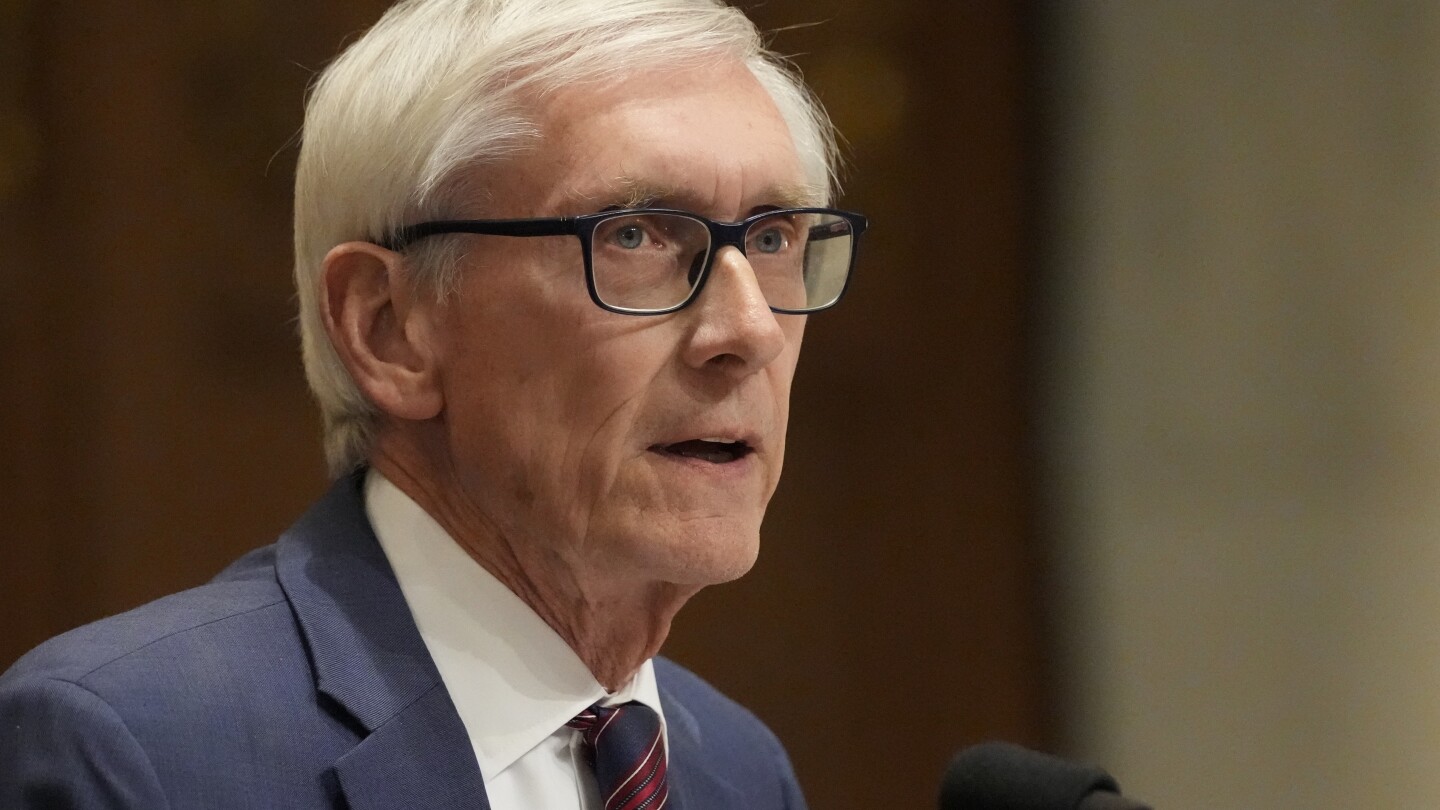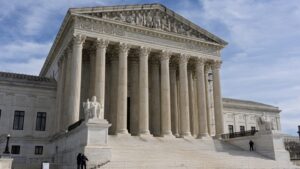The Wisconsin Supreme Court has upheld Governor Tony Evers’ controversial partial veto, which effectively extends a school funding increase for 400 years. This ruling underscores the state governor’s broad veto powers, a feature unique to Wisconsin’s Constitution.
Governor’s Unprecedented Veto
Governor Evers utilized his veto power creatively by modifying the fiscal budget’s language to permit an increase in school funding by $325 per student annually until the year 2425. Originally, the budget only sanctioned this adjustment for the 2023-24 and 2024-25 academic years. Evers achieved this by striking specific numerals to alter the document’s timeline.
While this move has been deemed “attention grabbing,” the court, dominated by liberal justices, found it constitutional. The ruling supports Evers’ interpretation that the ban on the so-called “Vanna White” veto—prohibiting the alteration of words by removing individual letters—does not apply to changing numbers.
Contentious Court Decision
Wisconsin’s Supreme Court, with a 4-3 decision, confirmed the governor’s right to adjust digits in a budget bill to create a new date or extend a financial measure’s duration. Justice Jill Karofsky, writing for the majority, stated, “However, our constitution does not limit the governor’s partial veto power based on how much or how little the partial vetoes change policy, even when that change is considerable.”
The ruling has sparked criticism from Republicans and conservative justices. Justice Brian Hagedorn expressed concern over the governor’s ability to effectively legislate through veto power, labeling the situation a “fantastical state of affairs.”
Historical Context and Future Implications
The partial veto power in Wisconsin, established by a 1930 constitutional amendment, has been a tool for governors to reshape budgets. While voters have periodically curtailed this power, it remains the broadest in the United States. Previous rulings, including a 2020 decision by a conservative court, have struck down some vetoes but left the boundaries of this power somewhat ambiguous.
The recent ruling could increase legislative deadlock, as Republican lawmakers await outcomes of other pending cases before advancing spending bills. One such case questions the constitutionality of Evers’ veto on a literacy program funding bill, asserting that it did not contain a direct appropriation of funds.
Legislative Alternatives
The court suggested that lawmakers could amend the state constitution to limit the governor’s veto power or draft budget bills to prevent sweeping vetoes. While the justices did not advocate for specific measures, they acknowledged these as potential paths for the Legislature.
Justice Hagedorn, in his dissent, criticized these suggestions as insufficient, arguing they provide “cold comfort” while the court diminishes legislative authority.






